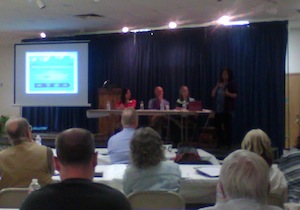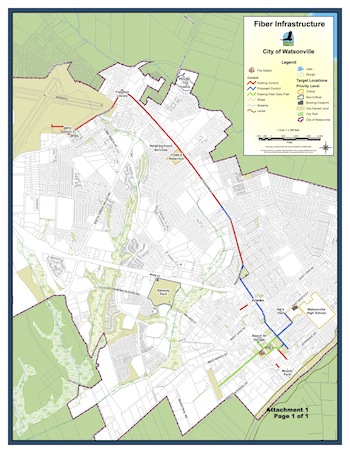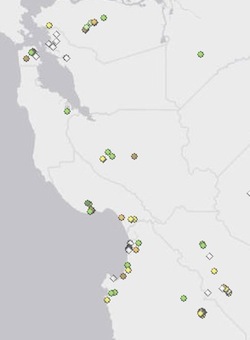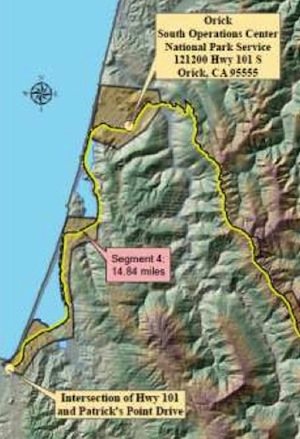Policy initiatives maximise benefit of broadband trends
broadband, escrbc, public policy, regional consortia, urban land institute
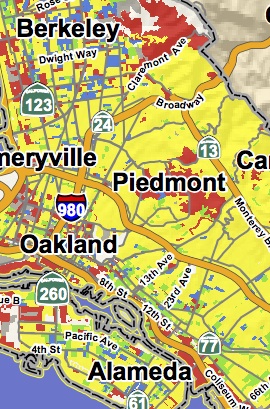
Progressive broadband policy rates an A, nimbys fail.
I was one of the speakers at this week’s Eastern Sierra Connect Regional Broadband Consortium annual forum in Bishop, California. My presentation built on a talk I gave earlier this year at the Urban Land Institute’s spring meeting in San Diego.
Then, I spoke about five broadband trends that are shaping communities: the growing value of conduit, the growth of competition at the local level, the role of local government in building middle mile facilities, the coming explosion in wireless capacity and the way broadband access is changing life and work styles.… More


